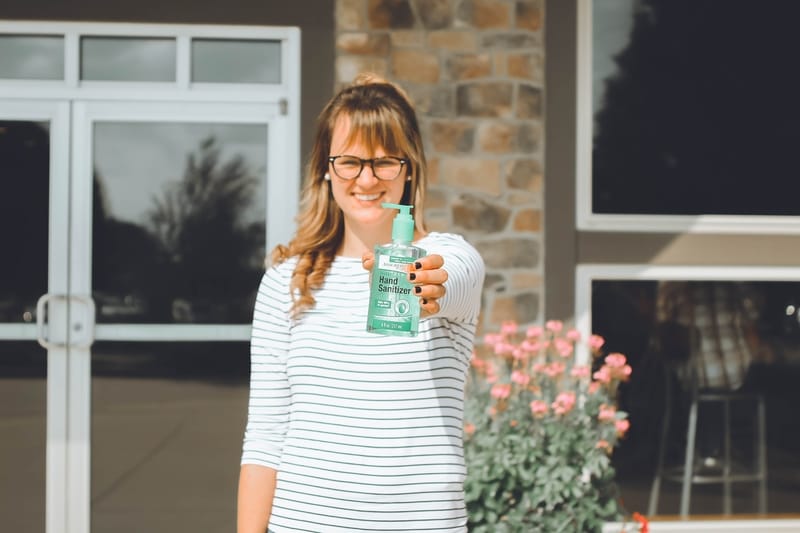The FDA recently issued a warning letter to the makers of Purell sanitizer asking them to stop claiming their sanitizer kills norovirus, Ebola, influenza and other viruses. If you read the report closely, you’ll find that the FDA never said that sanitizers don’t kill these viruses, there just isn’t the scientific study to back up Purell’s claims. In light of this warning, how should we adjust our food safety training to teach food service employees the proper use of hand sanitizers?

Hand Sanitizers and Food Safety Training
When delving into this topic, it’s important to start off with one vital truth:
Hand sanitizers are not a substitute for handwashing.
When discussing food safety protocols with your staff, it’s important that they understand proper handwashing is the most effective way to kill germs and prevent the spread of foodborne, viral and bacterial illness. While hand sanitizers may advertise that they kill viruses and bacteria, they can never take the place of handwashing. So is there any instance where hand sanitizers or antiseptics are allowed in the kitchen?
While the Minnesota food code is adamant that sanitizers are not an effective replacement for handwashing, they do allow for the use of sanitizers in the kitchen.
Foodservice workers can use antiseptic gels or liquids after they have washed their hands properly. This can add an extra layer of protection, but only when used properly after a good handwashing. They should never be used before handwashing, or when timing makes the washing of hands inconvenient. Remember, handwashing should never be inconvenient, and paying close attention to handwashing habits will help prevent the spread of foodborne illness.
When it comes to the norovirus, the flu or Ebola, it’s always good practice to teach proper handwashing techniques that can be used at work or at home.


